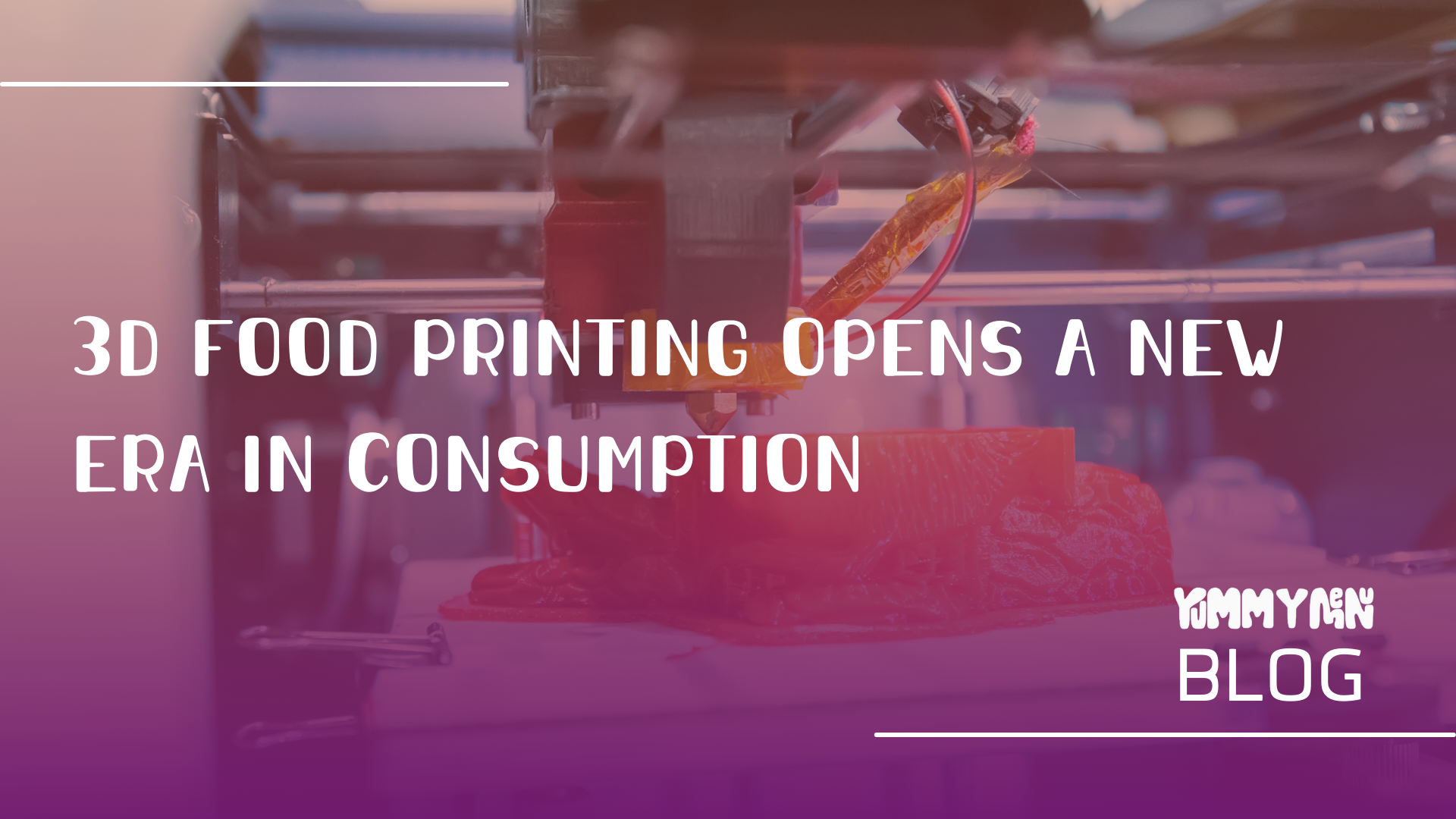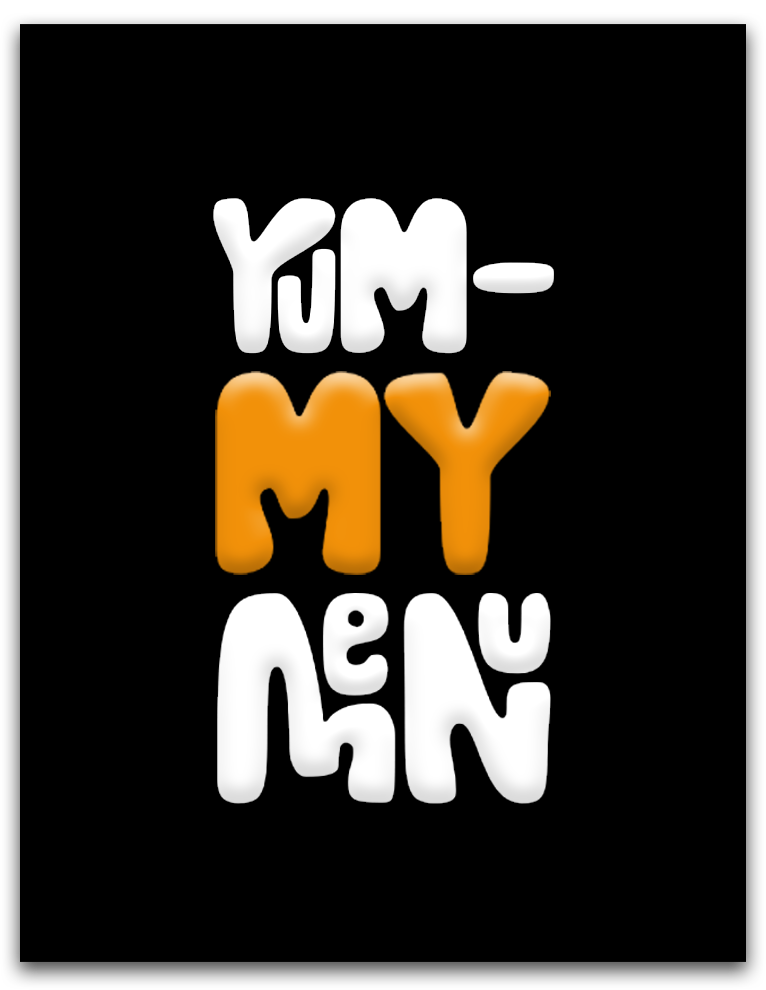
3D Food Printing Opens a New Era in Consumption
Imagine a world where food isn't just something you eat; it's something you create, customize, and design to your exact specifications. Welcome to the future of food: 3D food printing. This groundbreaking technology is reshaping the culinary landscape and opening a new era in consumption that combines innovation, sustainability, and personalization. In this blog post, we will explore how 3D food printing is revolutionizing the way we eat and the myriad benefits it offers.
-
Personalization and Customization
One of the most exciting aspects of 3D food printing is the ability to customize every aspect of your meal. Whether you have dietary restrictions, food allergies, or simply specific taste preferences, 3D food printers can create meals tailored precisely to your needs. Want a vegan pizza with extra mushrooms, but no onions? No problem. Craving a gluten-free pasta with a spicy tomato sauce? It's as easy as pressing a few buttons on your 3D food printer.
This level of personalization not only enhances the dining experience but also has significant implications for health. Individuals can control portion sizes and ingredient choices, making it easier to meet their nutritional goals and dietary requirements.
-
Sustainability and Food Waste Reduction
The food industry is a significant contributor to environmental issues, from resource-intensive farming practices to excessive food waste. 3D food printing has the potential to address these challenges. By using precise ingredient measurements and minimizing excess, it can reduce food waste significantly. Additionally, 3D printing allows for the use of alternative ingredients such as algae, insects, and recycled food products, contributing to a more sustainable food supply chain.
Moreover, 3D food printing can optimize food distribution by producing meals on-demand, reducing the need for long supply chains and cold storage facilities. This can lead to substantial energy savings and a reduced carbon footprint.
-
Culinary Creativity and Innovation
3D food printing is a tool that empowers chefs and home cooks to push the boundaries of culinary creativity. With this technology, culinary artists can design intricate and visually stunning dishes that were once impossible to achieve by hand. Intricate chocolate sculptures, delicate sugar decorations, and precise geometric pasta shapes are just a few examples of what's possible.
Chefs are also experimenting with novel textures and flavor combinations. The precision of 3D food printers allows for the creation of unique culinary experiences that challenge traditional notions of food presentation and preparation.
3D food printing is not just a futuristic concept; it's a reality that is already transforming the way we consume food. With personalization, sustainability, and culinary innovation at its core, this technology promises a future where food is not only nourishing but also an expression of individual taste and environmental responsibility.
As 3D food printing continues to advance and become more accessible, it has the potential to disrupt traditional food production and distribution systems, making our meals healthier, more sustainable, and more tailored to our desires. While the technology is still in its infancy, it's clear that it is opening a new era in consumption—one where food is as much a work of art as it is sustenance.
